Instruction
Kelley: How the concept of a punching motion can change your golf swing
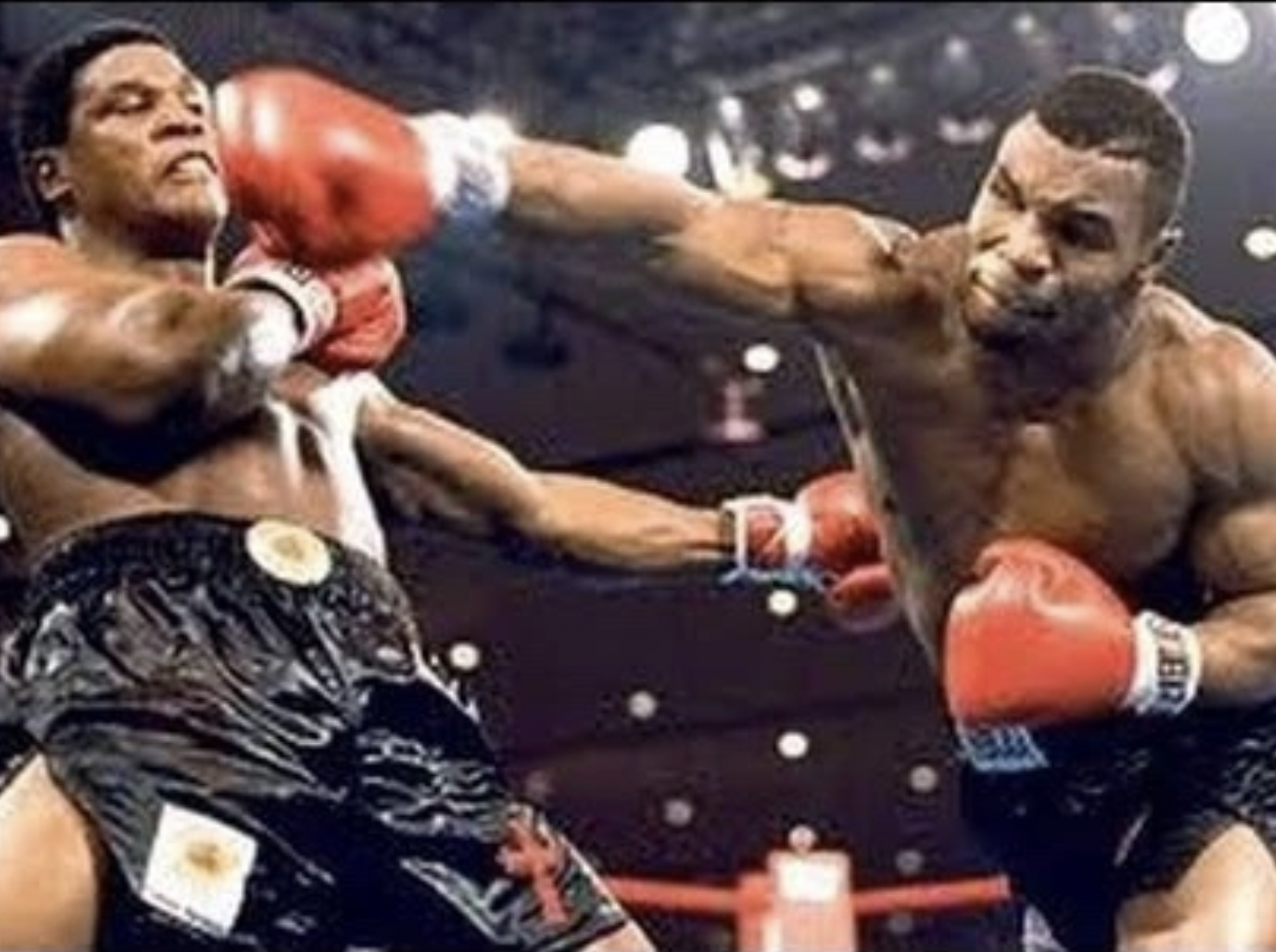
Ever wonder how a simple looking golf swing can produce so much speed and power? The answer may lie in the biomechanics of throwing a punch.
Below is an image of a boxer throwing a right handed hook. Note the direction the body moves to produce maximum force towards the target.
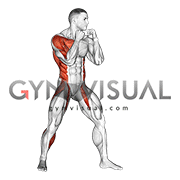
As the boxer pulls back his arm, there is not an excess wind-up or big turn to create power. His body is now geared to go forward and around into the opponent. His body would stay mostly level throughout the motion.
Now lets apply this simple concept to the golf swing. At address, the player would have his upper body and mass positioned behind the ball. In the picture below, note the green line indicting his mass back behind the blue baseline over the ball.
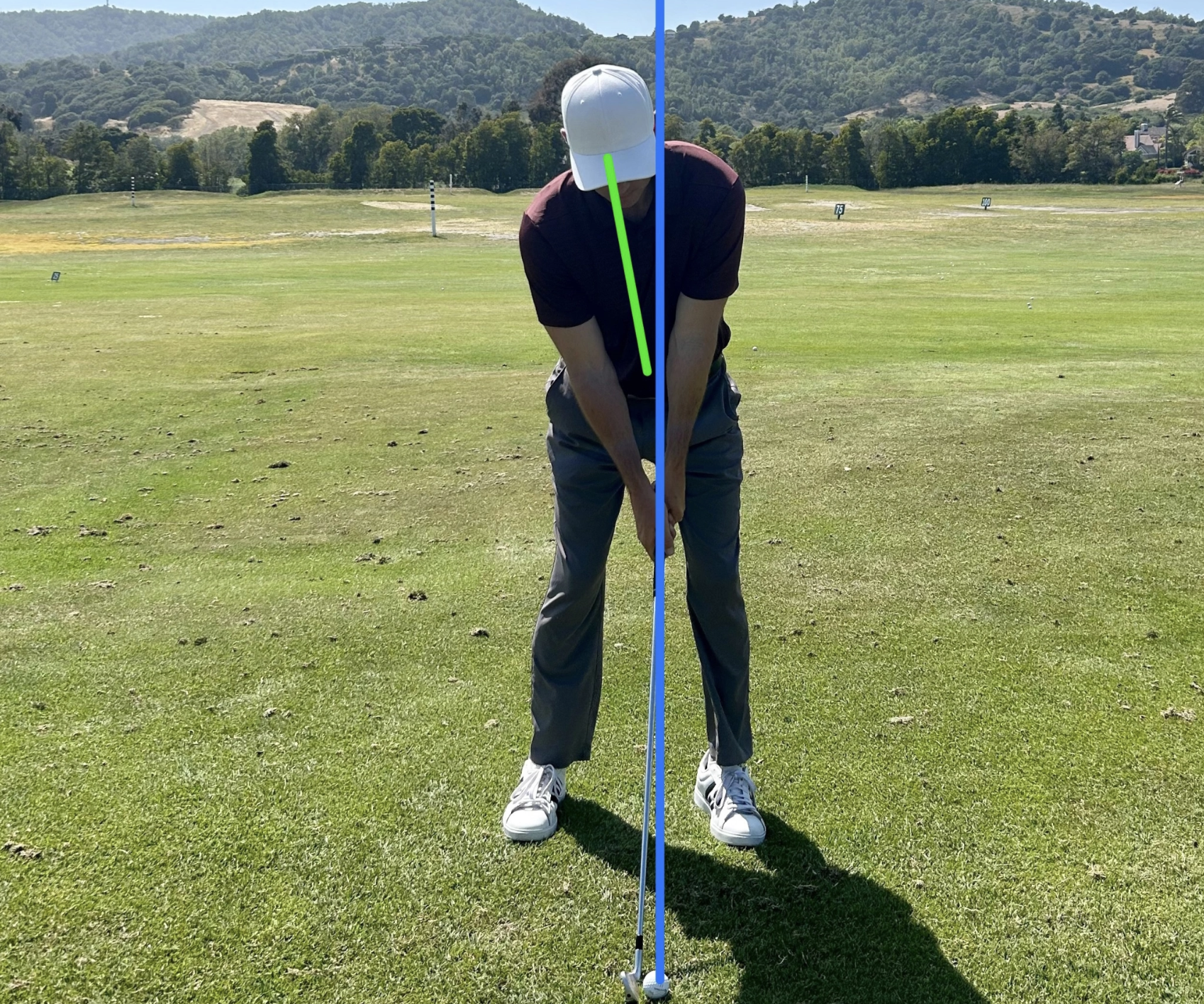
From here, the player can coil around his center, much like a boxer positioned ready to punch.
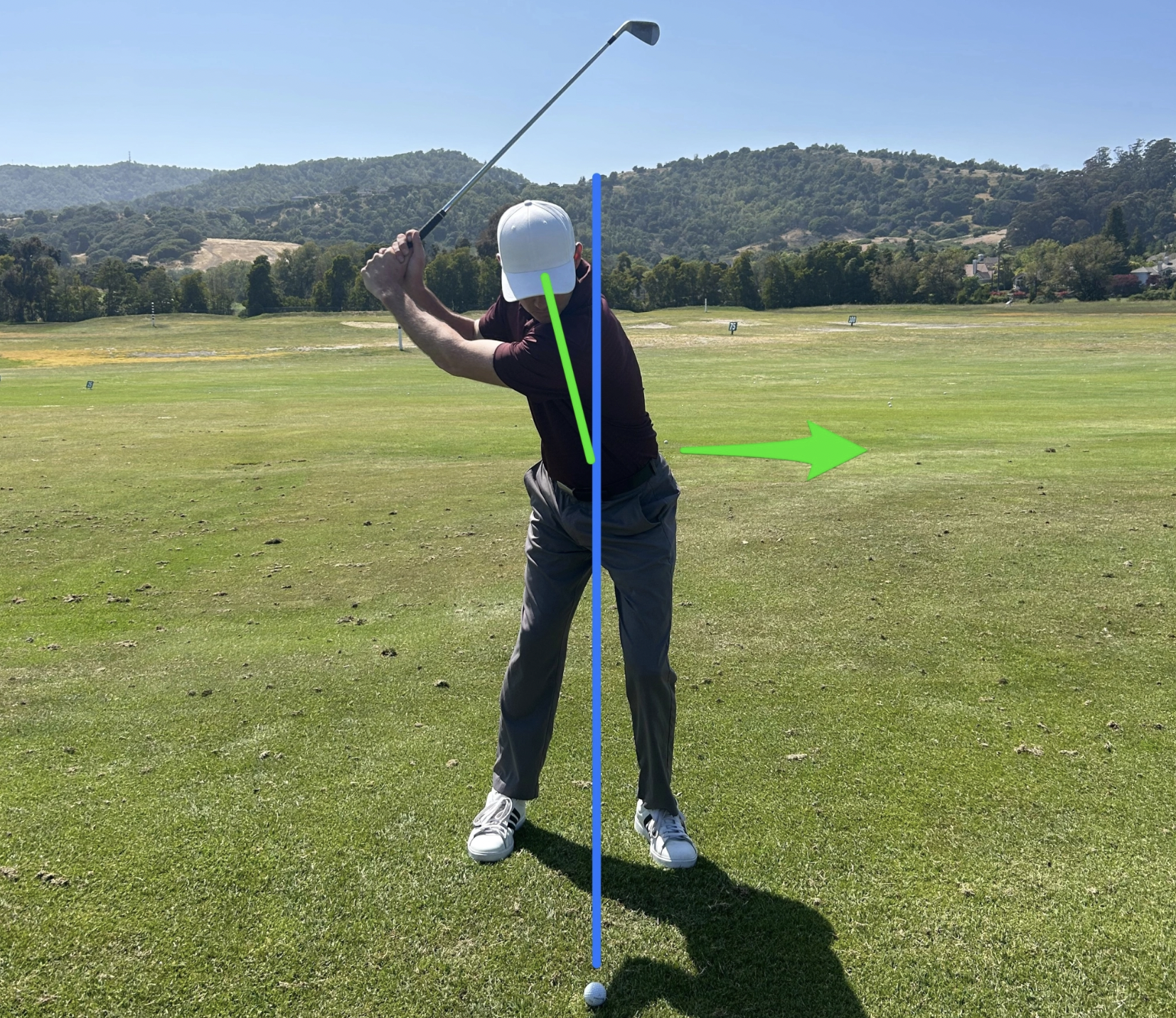
Now the body can go forward and around towards the target, pulled by the arms. Note the body finishing ahead of the blue baseline.
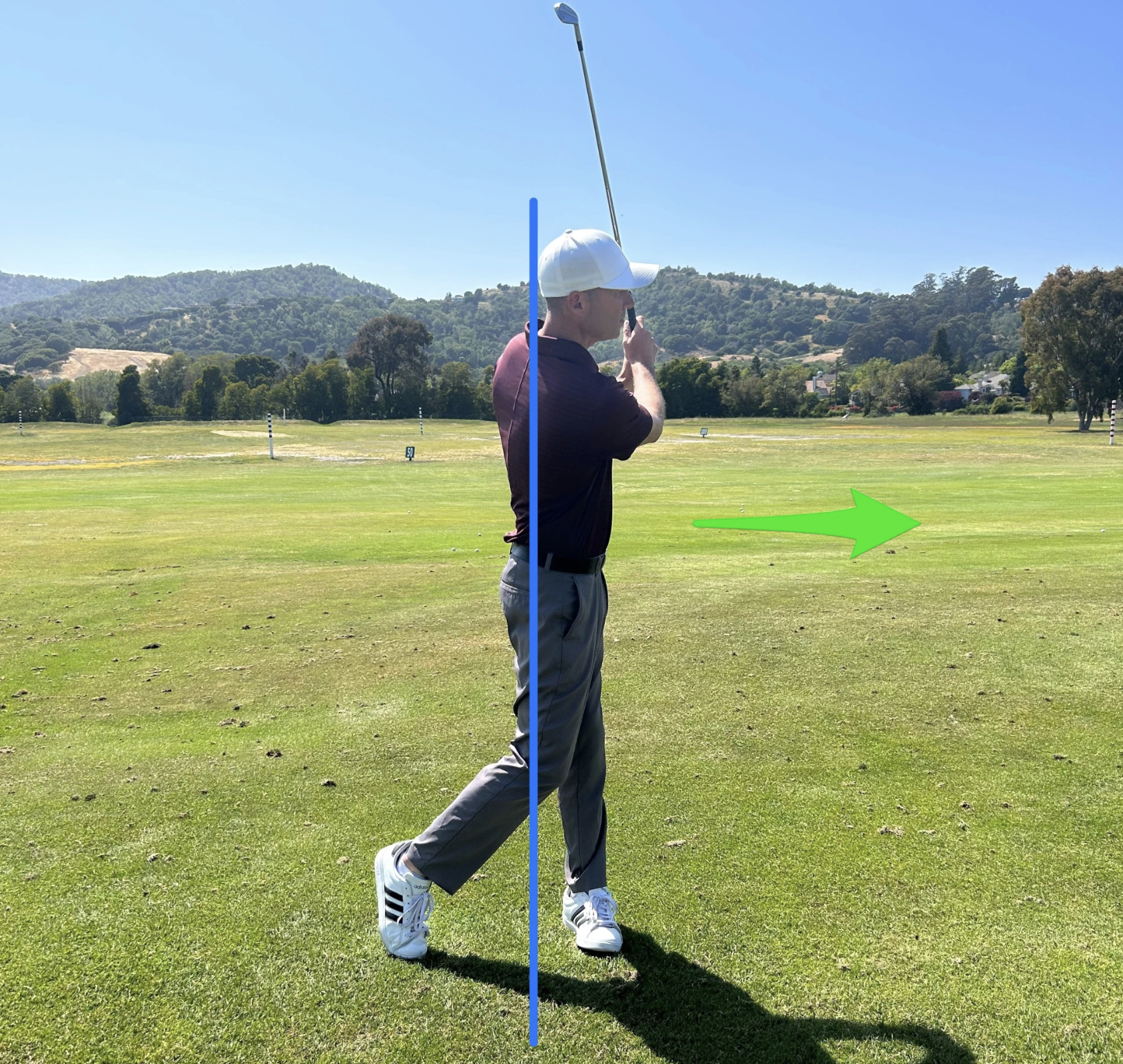
A body that has a lot of left side bend or “tilt” in the backswing, will naturally counterbalance in the downswing. This will often result with the upper body falling back in the downswing. (Pictured below)
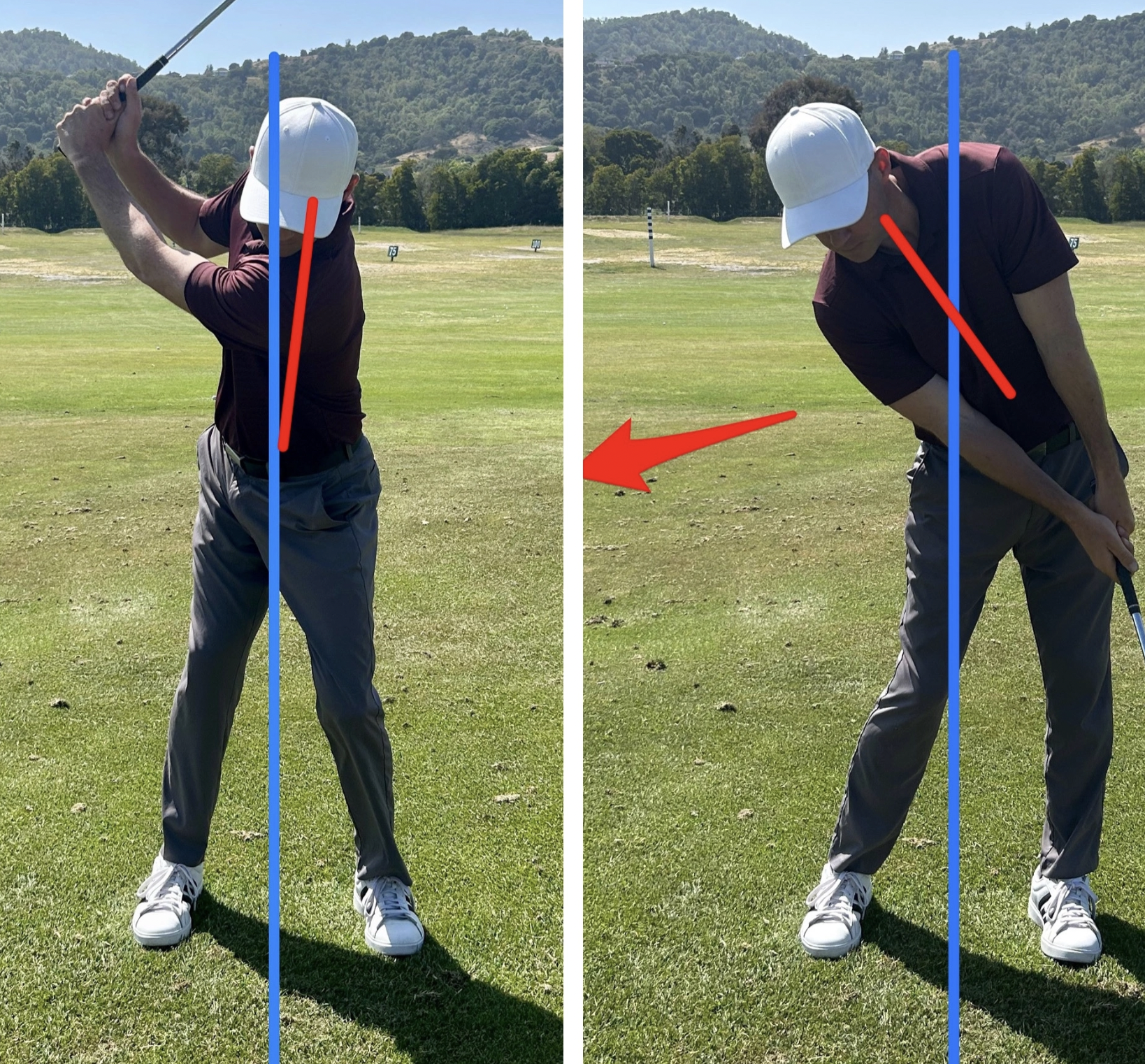
The pattern above would equivalent to attempting to punch forward with your arm while your body is moving backwards. Next time you are looking to make a swing change, first check the movement of your body, and see if it is as simple as boxer throwing a powerful punch.
Twitter: KKelley_golf
- LIKE23
- LEGIT7
- WOW0
- LOL0
- IDHT2
- FLOP0
- OB0
- SHANK7
Instruction
How to set up to the golf ball: Why grip, grip pressure, and posture are crucial
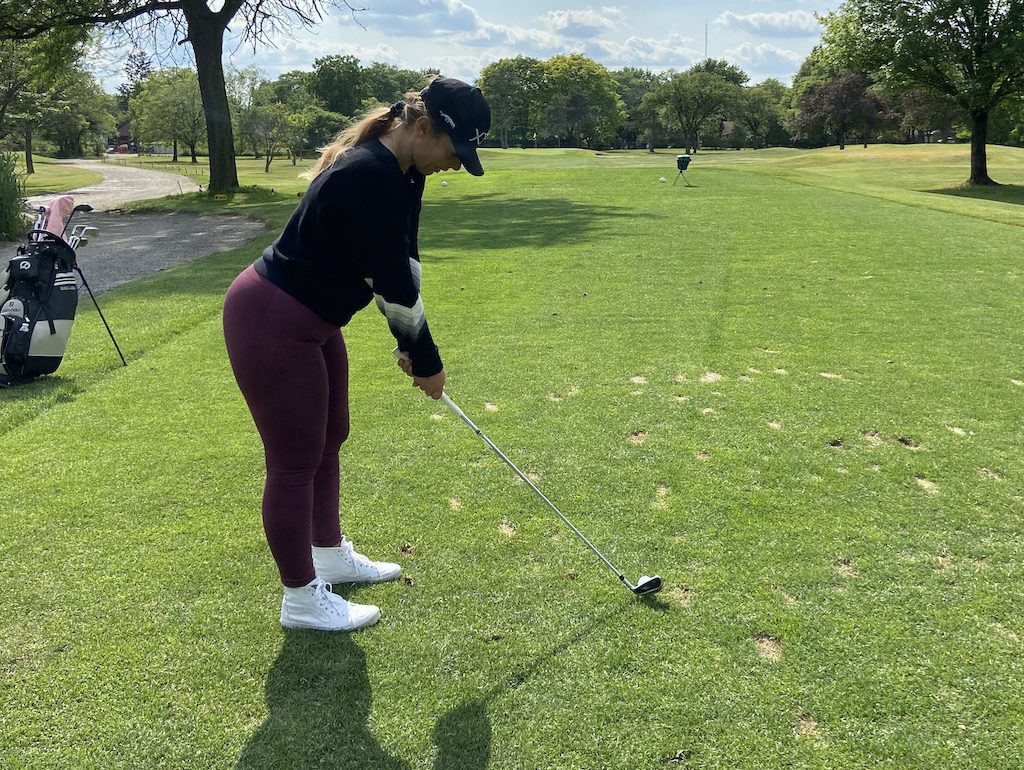
When we are playing a round or hitting balls on the range over a long period of time, we tend to grip the club tighter, stand up, and quickly lose the ability to maintain posture during the golf swing.
As players, with the spine angle out of posture, we overcompensate in many ways. The first thing that many players do poorly, as a result of poor posture, is grip tighter and stiffen the arms. These are the two biggest culprits that will inhibit consistency and any innate ability to set up well and brush the grass. Gripping tighter also leads to poor use of the body’s bigger muscles ie. the core. The spine angle in good posture will activate the core regions and enhance the body’s ability to coil, thus allowing the transfer of weight from the trail to the lead side.
In the quest to better ball striking, our first priority is understanding the importance of grip strength and grip pressure. Our second priority is posture and always initiating the proper spine angle by bowing forward from the hip (pelvic tilt) and letting the arms hang. After positioning the spine angle, check the body’s alignment )ie. shoulders, hips, knees, and feet) by positioning them parallel to the target line. This process composes the beloved and all-important set up.
How to set up to the golf ball: The basics
Our ability to set up and control grip pressure is the source of our ability to play well and consistently over time.
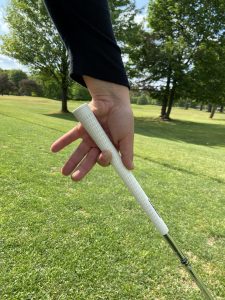
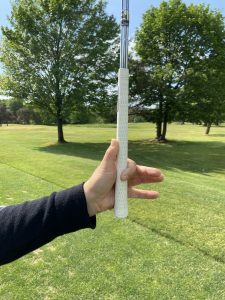
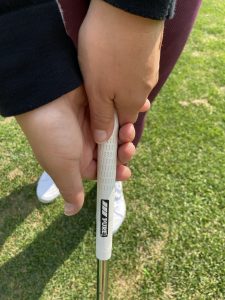
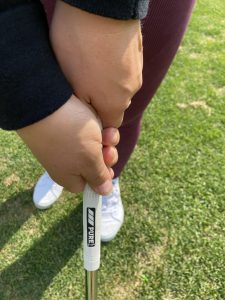
The first essential step is setting the grip in the lead hand
The main pressure points to focus on in gripping with the lead hand are, first and foremost, in the initial placement of the club’s grip in the fingers and allowing the top of the grip to rest on the palms pad. The first pressure point is in the lead pointer finger behind the shaft and the second pressure point is when we let the club rest on the palm’s pad. The lead thumb is the third pressure point. Proper grip strength is determined by trial and error swings.
As we grip the club in the trail hand, it is important to grip lightly and in the fingers with the right thumb pad placed on top the left side of the grip. For reference, there are markings on all golf gloves to help each player understand where their grip should be placed.
The essential second step is bowing from the hips to create the spine angle
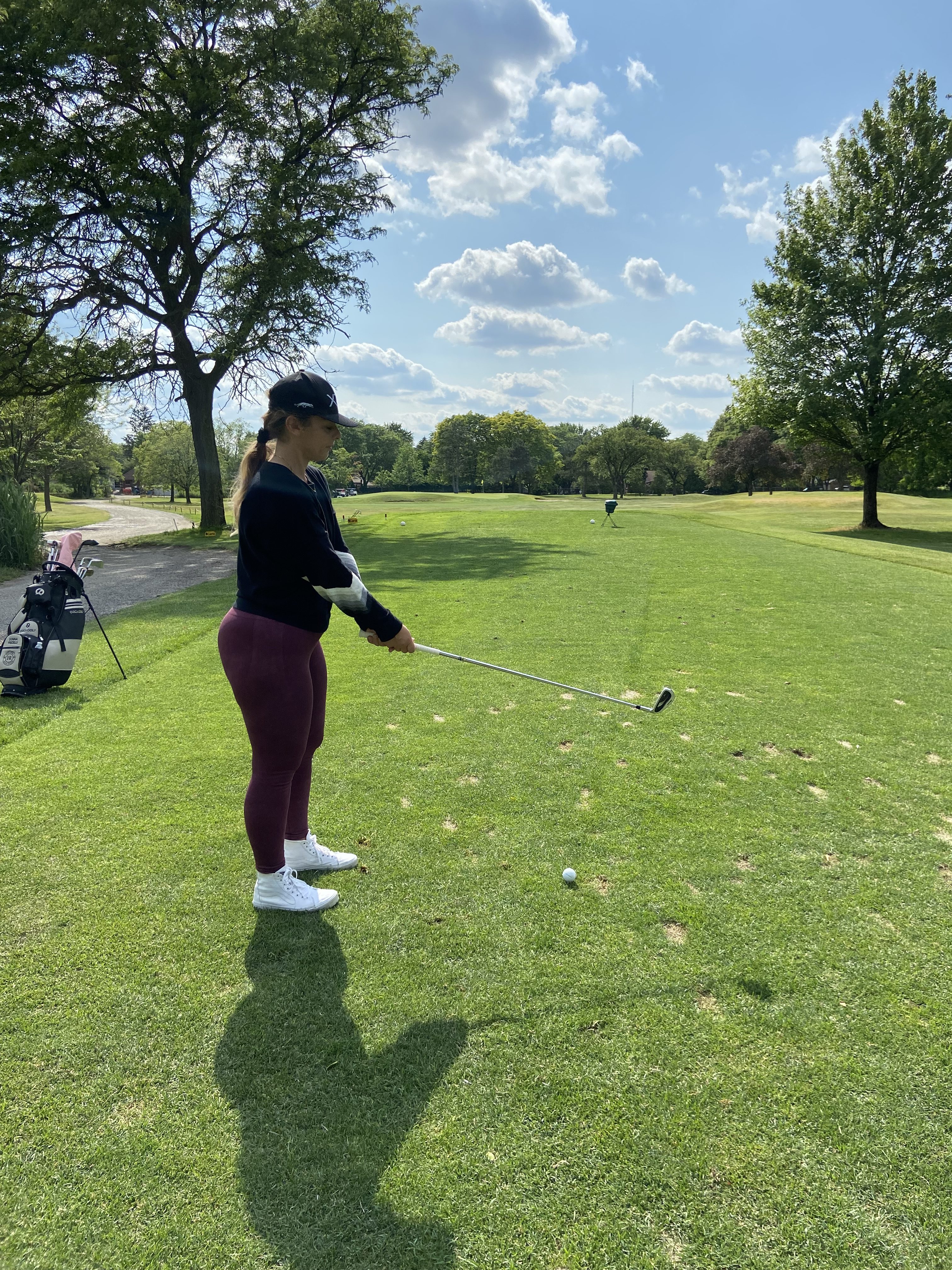
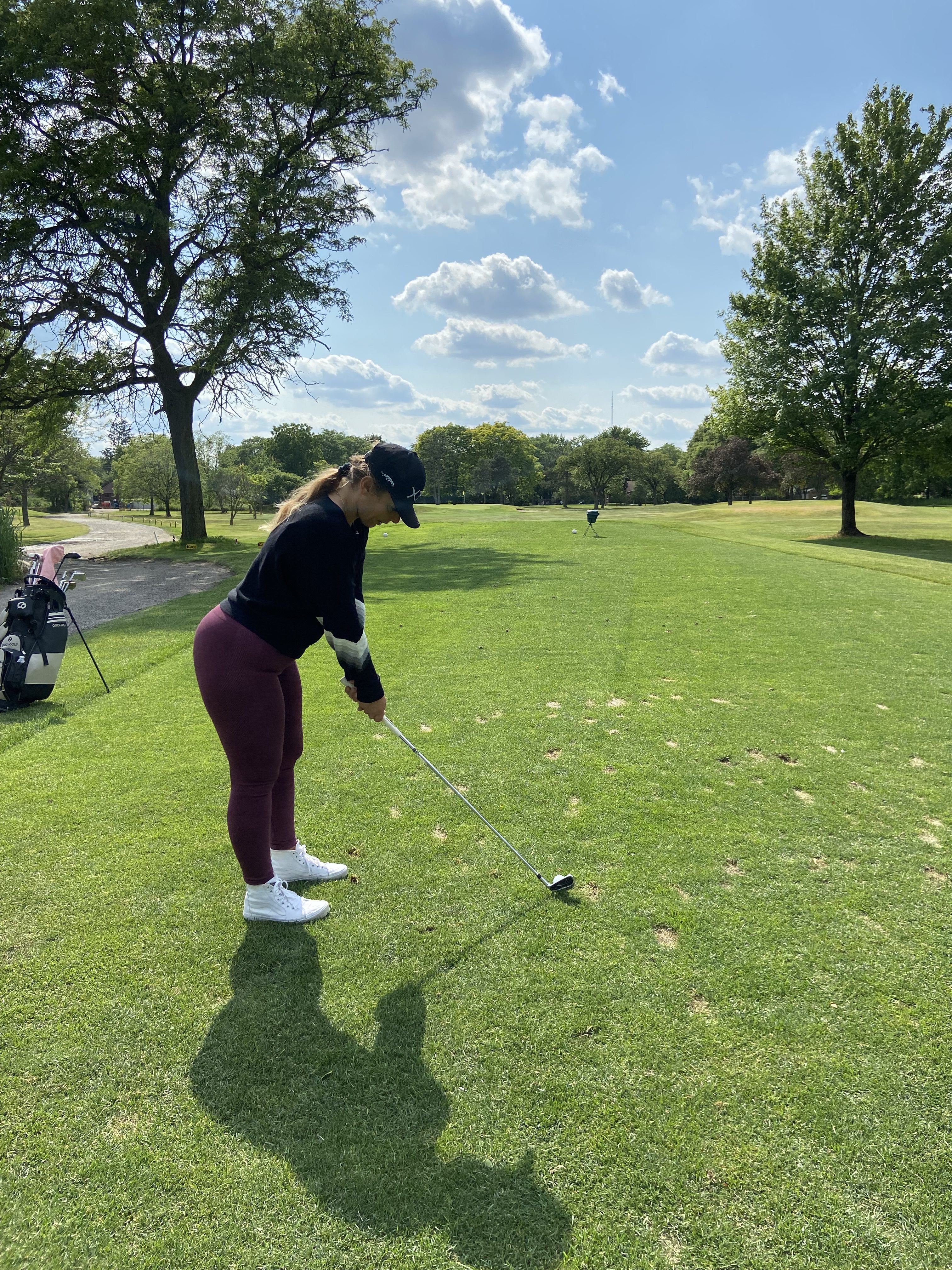
As we bow, the focus is to aim the leading edge perpendicular to the target line. Looking at the first groove of the club (if it is an iron) can help the eyes focus on this step. A lot of mistakes happen when our eyes start looking around while we do this instead of focusing on an intermediate target and using our eyes to line up the leading edge to that point. Being thoughtful in this process is key and just try to make sure the club isn’t wiggling around.
In the bow, with our shoulders just over the toes, we can see if the club is resting in good relationship to the body. Understanding the distance our body should be to the club is huge. This alone can make or break our ability to strike the ball well. Keeping one hand width from our body to the club is a general rule of thumb throughout the entire bag. The space in which we stand to the club shouldn’t change. What changes is the length of the club in our hands.
These components culminate the very first steps we take to hit a shot. This is the essence of set up, which generates our best chances to develop consistent shot patterns to the target. As a result of properly managing these components, we can begin to maintain accuracy and easily repeat our movement patterns to get the ball close to the target. We can also begin to self-correct our misses if we are accountable with these steps.
Foot width and ball position
Lastly, in the set up we step our feet to the ball’s position and generally maintain a stance that is approximately shoulder width. After gripping and bowing the next thing a player needs to do is step to the ball position. This will impact the club’s ability to generate loft, also depending on the chosen club. Generally, a driver ball position is forward in the stance. The mid-iron ball position is mid stance and most full-swing wedges are played just back of center with a more narrow stance. Taking the time to better understand the components of set up and ball position will generate 100 percent of our success to better ball striking.
A final word
Take some videos of yourself and look at the body from head to toe. Is your setup in a ‘Z’ or ‘S’ formation? Where is your weight in your shoes? Heels, mid-shoe, or toes? Does your setup look like an ‘H’or ‘C’? Is your weight too far in the heels or toes? In my experience, it is easier to maintain posture in the golf swing and overall athleticism by keeping the stance’s pressure points more forward in the mid-shoe to the toes. This enhances the pelvic tilt and the arms’ ability to hang. Therefore, posture throughout the swing improves and we are less likely to grip so tight.
Any questions? Book a lesson with LPGA instructor Donna Fiscelli through her booking site.
- LIKE37
- LEGIT8
- WOW2
- LOL1
- IDHT0
- FLOP0
- OB0
- SHANK8
Instruction
The Wedge Guy: 5 indisputable rules of bunker play
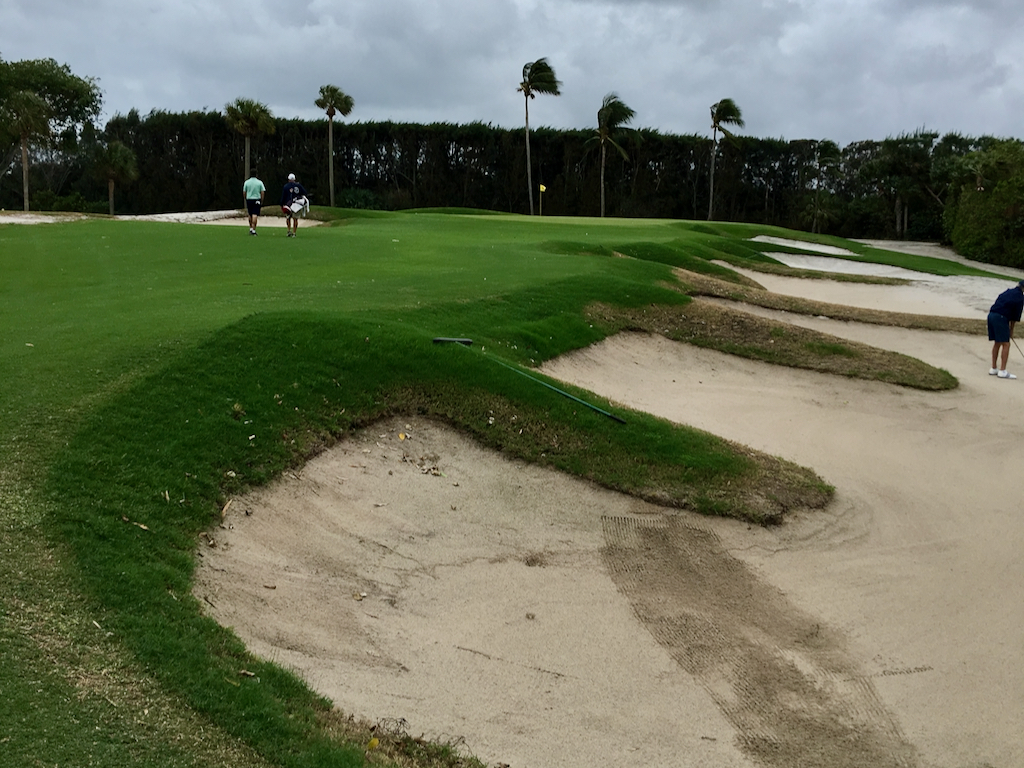
Let’s try to cover the basics of sand play – the “geometry and physics” at work in the bunkers – and see if we can make all of this more clear.
First of all, I think bunkers are among the toughest of places to find your ball. We see the tour players hit these spectacular bunker shots every week, but realize that they are playing courses where the bunkers are maintained to PGA standards, so they are pretty much the same every hole and every week. This helps the players to produce the “product” the tour is trying to deliver – excitement. Of course, those guys also practice bunker play every day.
All of us, on the other hand, play courses where the bunkers are different from one another. This one is a little firmer, that one a little softer. So, let me see if I can shed a little light on the “whys and wherefores” of bunker play. I’ve always challenged the old adage, “bunker shots are easy; you don’t even have to hit the ball.” I challenge that because bunker shots are the ONLY ones where you don’t actually try to hit the ball, so that makes them lie outside your norm.
Let’s start with a look at the sand wedge; they all have a sole with a downward/backward angle built into it – we call that bounce. It’s sole (no pun intended) function is to provide a measure of “rejection” force or lift when the club makes contact with the sand. The more bounce that is built into the sole of the wedge, the more this rejection force will affect the shot. And when we open the face of the wedge, we increase the effective bounce so that this force is increased as well.
The most basic thing you have to assess when you step into a bunker is the firmness of the sand. It stands to reason that the firmer the texture, the more it will reject the digging effect of the wedge. That “rejection quotient” also determines the most desirable swing path for the shot at hand. Firmer sand will reject the club more, so you can hit the shot with a slightly more descending clubhead path. Conversely, softer or fluffier sand will provide less rejection force, so you need to hit the shot with a shallower clubhead path so that you don’t dig a trench.
So, with these basic principles at work, it makes sense to remember these “Five Indisputable Rules of Bunker Play”:
- Firmer sand will provide more rejection force – open the club less and play the ball back a little to steepen the bottom of the clubhead path.
- Softer sand will provide less rejection force – open the club more and play the ball slighter further forward in your stance to create a flatter clubhead path through the impact zone.
- The ball will come out on a path roughly halfway between the alignment of your body and the direction the face is pointing – the more you open the face, the further left your body should be aligned.
- On downslope or upslope lies, try to set your body at right angles to the lie, so that your swing path can be as close to parallel with the ground as possible, so this geometry can still work. Remember that downhill slopes reduce the loft of the club and uphill slopes increase the loft.
- Most recreational golfers are going to hit better shots from the rough than the bunkers, so play away from them when possible (unless bunker play is your strength).
So, there you go – the five undisputable rules of bunker play.
As always, I invite all of you to send in your questions to be considered for a future article. It can be about anything related to golf equipment or playing the game – just send it in. I need your input to keep writing about things you want to know.
- LIKE120
- LEGIT11
- WOW3
- LOL4
- IDHT2
- FLOP2
- OB1
- SHANK5
-

 19th Hole2 weeks ago
19th Hole2 weeks agoTiger Woods delivered stinging message to major winner after denying him lift on private jet
-
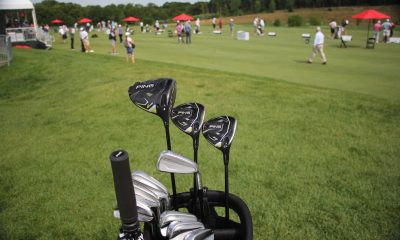
 Whats in the Bag2 weeks ago
Whats in the Bag2 weeks agoSeamus Power WITB 2023 (June)
-
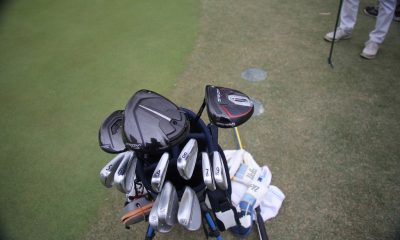
 Whats in the Bag3 weeks ago
Whats in the Bag3 weeks agoOmar Morales WITB 2023 (June)
-
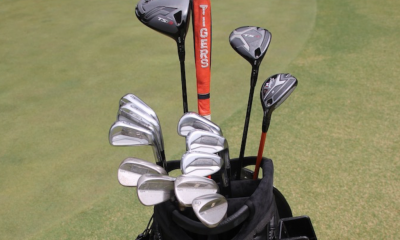
 Whats in the Bag3 weeks ago
Whats in the Bag3 weeks agoBlayne Barber WITB 2023 (June)
-

 Whats in the Bag3 weeks ago
Whats in the Bag3 weeks agoBen Carr WITB 2023 (June)
-

 Whats in the Bag2 weeks ago
Whats in the Bag2 weeks agoTom Hoge WITB 2023 (June)
-

 19th Hole3 weeks ago
19th Hole3 weeks agoJournalist alleges this is the ‘unforgivable’ act Phil Mickelson committed against Pat Perez and his wife
-
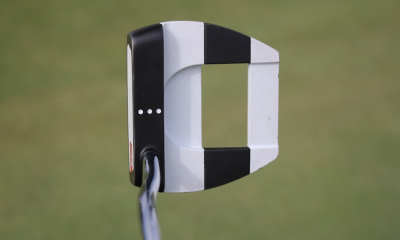
 News2 weeks ago
News2 weeks agoKeegan Bradley’s winning WITB: 2023 Travelers Championship





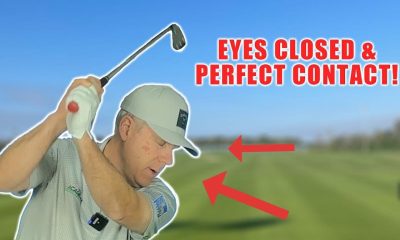

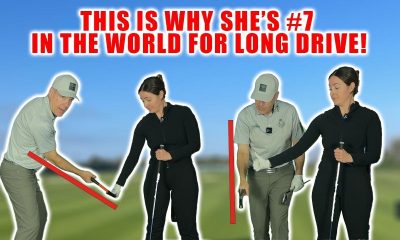



Truth Teller
Jun 29, 2023 at 9:16 pm
Thinking his daughter should start wearing “slimming” black pants.
current attire is not a good look. #pudgy
Mr T
Jun 21, 2023 at 10:34 pm
PT Barnum would be proud of Clement.
doug ferreri
Jun 21, 2023 at 10:38 pm
Isn’t that the truth !!!!!
LB Lover
Jun 21, 2023 at 5:58 pm
Nice n easy 300 yard drive LMAO
E
Jun 21, 2023 at 1:53 pm
I thought this idiot wanted people to swing slow????? Why is he adding speed lmao